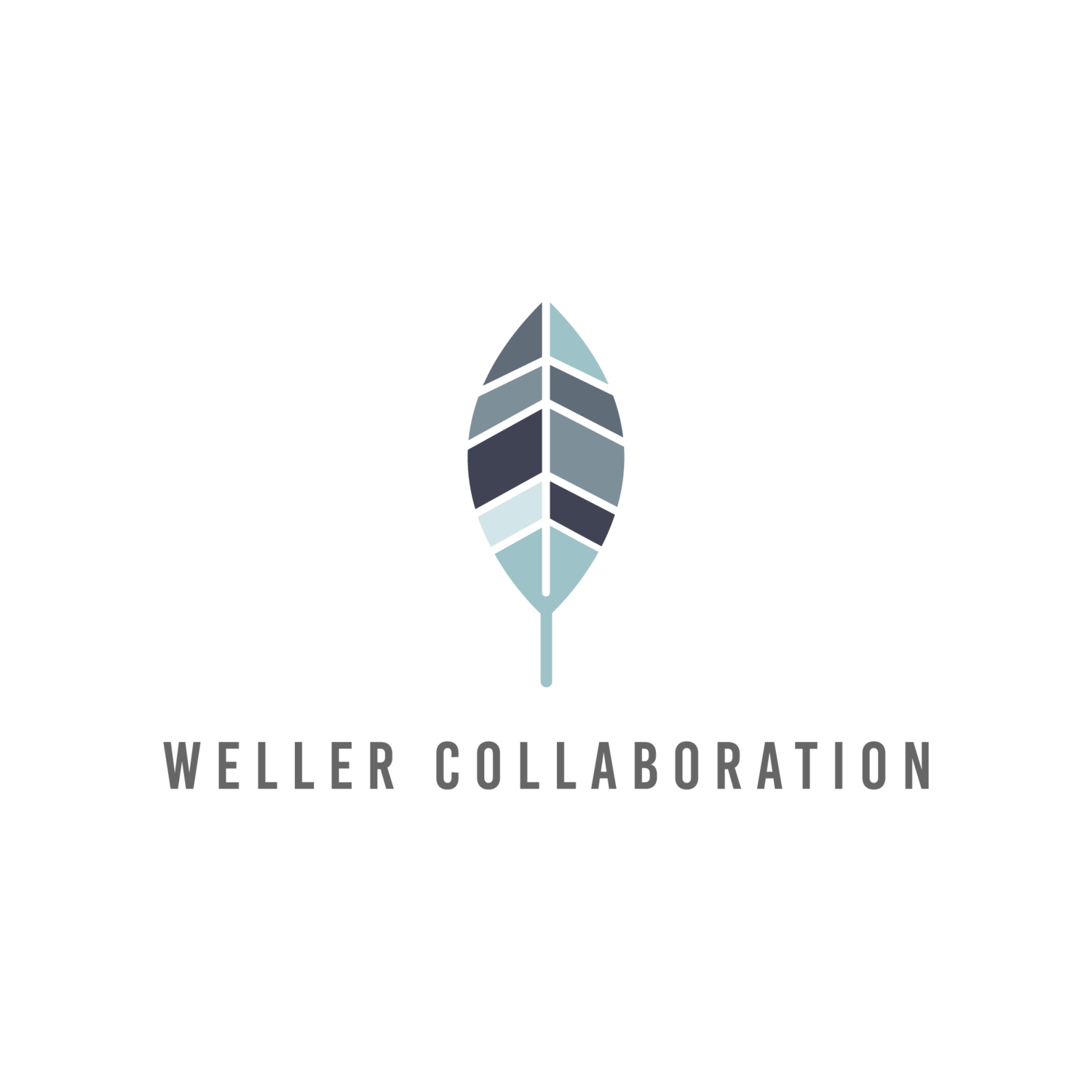Swimming in the System
The water parable shared in David Foster Wallace’s 2005 commencement speech at Kenyon College has recently been popping into my head in regular rotation. If you’re not familiar with it, here’s a quick capture::
“There are these two young fish swimming along and they happen to meet an older fish swimming the other way, who nods at them and says “Morning, boys. How’s the water?” And the two young fish swim on for a bit, and then eventually one of them looks over at the other and goes ‘What the hell is water?’
. . . The point of the fish story is merely that the most obvious, important realities are often the ones that are hardest to see and talk about. Stated as an English sentence, of course, this is just a banal platitude, but the fact is that in the day to day trenches of adult existence, banal platitudes can have a life or death importance.”
Every day, we’re all swimming in waters created from various systems – professional, personal, governmental, academic, etc. We are steeped in patterns of thinking and actions we take for granted; plunged into seas where we feel we have little control. We navigate them with the maps others provide us, joining various schools to partner with people along the way. We get comfortable; becoming ingrained in familiar paths to reach our destinations, often slipping into behaviors that bolster the system’s status quo (even if we’re not consciously doing it).
How do we become aware of the systems we’re swimming in? Sometimes it’s boredom that wakes us up, where we feel a pull for something different. But commonly disruption bubbles up and we start to question the way we’re doing things. Occasionally the change is bigger – maybe in the form of a compelling event – similar to a tsunami thrusting us into new waters.
Instead of waiting for external forces to wake us up, let’s create our own processes to increase awareness. This starts with taking inventory – both individually and organizationally – to make sense of what’s propelling us forward to achieve our goals vs. what isn’t. Think of it as becoming an observer of ourselves. Some suggestions on how to do this include:
Build in recurring reflection practices, with a set of prompts to shake up our thinking. Some of my favorites include: What project is consistently not getting attention and why? Where are we hearing noise right now, or where might things be too quiet? What’s at risk if we stay on the track we’re currently on?
Engage in conversations with a trusted collection of colleagues, coaches, or thought partners to constructively challenge us. Get their take on current dynamics, seek feedback on what they believe needs immediate attention, and open dialogue around what needs to be spoken about. Then take it further – expanding the practice to include new people and teams, creating safe spaces for courageous conversations and challenge networks that build trusting relationships and healthier organizations.
Give yourself a stretch assignment every week to go beyond your comfort zone in some way. These don’t have to be massive steps -- in fact, sustained success is more likely if we start with smaller experiments. These might be something like:
Trying new approaches to situations or problems (such as picking up the phone to talk something through with someone instead of doing it over email/text/IM/Slack).
Introducing a new practice to team meetings (such as starting off with a brief check-in or wrapping up with a 5 minute plus-delta check-out).
Creating a new boundary for yourself. This could be scheduling “focus time” slots for uninterrupted work, deleting one of your favorite apps off your phone and see if you miss it (or it frees you up in an unexpected way), or saying “no” to things that aren’t contributing to what matters to you.
Selecting a person you’d like to have a better relationship with and taking a step toward making it happen. Bonus points if it’s someone you experience some friction with . . .
Introducing or increasing a mindfulness practice (even a few minutes of meditation each day counts!).
Once we’ve created a reflection recipe that works for us, we start noticing things. Becoming aware, we see the systemic waters we’re swimming in. We feel its tides, understand where they’re pulling us, and understand we have the ability to choose how we respond. We arrive at a place for deeper inquiry into our behavior patterns, and how our actions potentially reinforce (or disrupt) systems both positively and negatively.
Just as self-awareness is an essential quality for leaders, systematic awareness is for organizations. Even if we didn’t create the system we’re working in, we each have the power to influence it. Some of the recommendations I’ve included here give rise to this power through building trust, aligning on commitment, and increasing accountability.
Ultimately it’s up to us as leaders – regardless of where we sit in an organization – to recognize systematic forces, identify where they encourage both beneficial and detrimental behaviors, and take steps to create positive tides of change.


